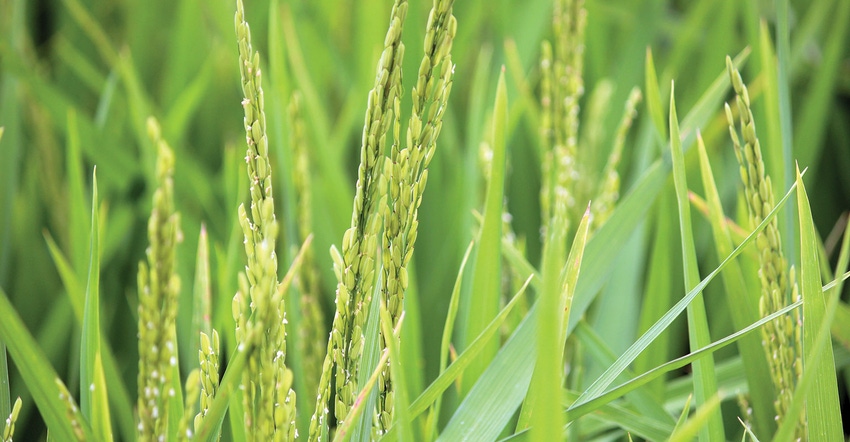
Around 30,000 acres of PVL02, the second rice variety released for use with the Provisia Rice System, are available for growers to plant in 2020.
Speaking at the 2019 USA Rice Outlook Conference held recently in Little Rock, Ark., Tim Walker, general manager, Horizon Ag, said PVL 02 is coming off its first year of seed production and is in allocation for the 2020 growing season. "Since we do have an allocation in place for this highly-anticipated variety, growers who planted PVL01 last season should be in touch with their retailers and place their names on the list for the PVL02 that will be available," Walker says.
The long-grain variety was developed by LSU AgCenter rice breeder Adam Famoso and Steve Linscombe, who retired from the AgCenter and is now the director of The Rice Foundation. "We partner with LSU, the University of Arkansas, and Mississippi State University to bring new rice varieties to growers," Walker says. "With Provisia, we see three critical need areas for that technology: south Louisiana, south Arkansas, and northeast Arkansas."
Rice breeders at the University of Arkansas developed two new Clearfield varieties scheduled to be launched in 2020 by Horizon Ag. "The CLL15 variety is our new long-grain variety and CLM04 is a new medium-grain variety," Walker says. "Both of these varieties were bred and selected in Arkansas. Both have performed well from a yield perspective, and just as important, from a yield stability standpoint."
Breeders strive for varieties that will perform across varied growing conditions and geographical environments. "Both varietal attributes are important and that's where I see those University of Arkansas breeders have made improvements in these two varieties," Walker says. "CLL15 meets the industry standard for blast tolerance with the two-gene resistance and the grain quality needed in a packaged rice."
Walker believes the industry has struggled with coupling top end yields with a final product that meets packaging quality demanded by consumers. "As use of the Provisia Rice System continues to expand, we hope growers understand the importance of using these systems as partnering technologies as opposed to one technology fading in or fading out," Walker said.
About the Author(s)
You May Also Like




